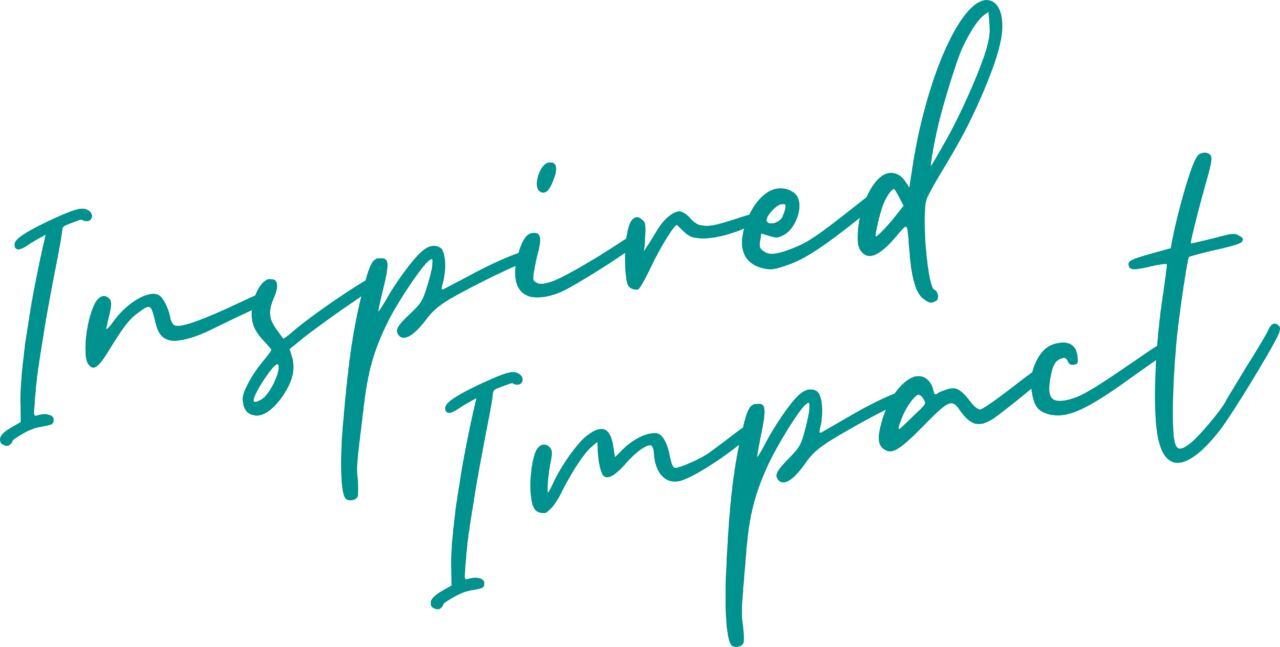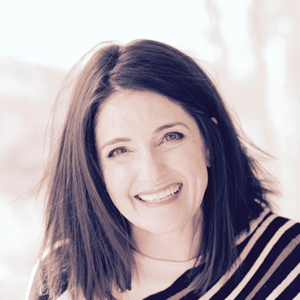
Interviews with purpose-driven leaders who are dedicated to helping others and making a positive impact in the world.
TELL US, WHO ARE YOU AND WHAT DO YOU DO?
My name is Cynthia Forstmann and I am co-founder and partner at a company called CultureTalk. We are in the business of helping build teams, organizations, and leaders that are conscious, connected, and thriving.
HOW DID YOU GET HERE?
I began my career in marketing after getting an undergraduate degree in psychology and a master’s in positive psychology. When it came to both marketing and psychology, I was really interested in positive influence, the psychology of what makes people thrive.
Prior to founding CultureTalk, I was at a brand-building company called Allegory. Our process for building brands for organizations includes measuring the culture of the organization through a framework we call “Archetypes.” We’d find the story patterns that existed in the company culture and build a brand story to reflect them; it’s a very inside-out approach. We’d work to build consensus around the questions “Who we are as an organization?”, “What makes us tick?”, “What gets us up out of bed in the morning?”, and “How do we translate that into a story that we can use as a brand?” What we found in 15 plus years of using that kind of inside-out process is that it was really sticky, it was so impactful with leaders and teams. They asked us to help recruit people that understood that process, how to grow or evolve into a new market or service area, how to connect new audiences to that story. The story became sort of this center point for all of these other developments, growth, and transformation activities for individuals, leaders, teams, and the organization as a whole.
In 2015, my sister, Theresa Agresta, and I felt like this could be a bigger conversation than just about branding, and there was more opportunity to use this framework of storytelling to help businesses solve all kinds of challenges, so we formed CultureTalk. At CultureTalk, we have built around the framework of archetypes two different assessment tools and a body of consulting and coaching, protocols, case studies, and various tools. Today we are training other coaches, consultants, and in-house training groups on how to use archetypes in their own work.
WHAT DO YOU STAND FOR? WHY IS THIS WORK IMPORTANT TO YOU?
First I’ll clarify how we look at archetypes. Archetypes are those kinds of human stories that are timeless in nature. So “The Hero” would be considered an archetype. In the concept of that story, there is the potential for both strength and showing up in ways that are moving you forward through the story. A Hero is dedicated, perseveres, rises to challenges, and works hard. But within that same storyline, there’s what we call the shadow. A Hero, for example, can also be someone who’s overly competitive, somebody who gets a little too aggressive. It exists on a continuum. Each of us has the potential to slip into that shadow side sometimes. As we get to know our own archetypes, we can use them to define our purpose or our brand through the strength of our pattern. But we also can use them to shine a light on our shadow. Think of your shadow as something you drag into the room with you. Look at your archetype as being in the strength of your pattern versus being in the shadow, or as a place where you might go naturally and how to manage that in a way that leads to the best outcomes.
I think about my own personal purpose through the lens of my own archetypes, “The Creator,” “The Caregiver,” and “The Lover.” Each of these storylines has a different motivation and different strengths. So I think about, how do we connect on a deeper level? How do we collaborate and work together in a deeper more meaningful way?
WHAT IMPACT ARE YOU MAKING?
We could look at the world and say that the world has some really big challenges today. We could look at the world of business and say that business is uniquely positioned to help solve some of the big challenges in the world. If we look at the big challenges, so many of them involve getting people to collaborate, getting people to work in sync with each other, to understand each other, to bring out the best in each other.
You could look at that in terms of business ROI. We know that, for example, teams can be enhanced to perform at a higher level, to accomplish goals at a higher level. We can also look at it in terms of organizations that are really working well, that have a highly functional organizational culture. They are better at things like recruiting, they’re better at things like retention, engagement, and longevity of employees. The impact is, the better we are as individuals, the better we are as a team, and therefore the culture of the organization is enhanced. It’s all connected.
WHAT (OR WHO) INSPIRES YOU TO DO THIS WORK?
What I see in archetypes, is a framework that is very simple and easy to access. Even in its simplicity, it has such a tremendous impact because people understand stories. We’re wired to understand stories and to create meaning and connection through story. Even if I gave you a list of facts, your mind would translates those things into stories. It provides a kind of shortcut to help us understand each other and in understanding each other, we’ve seen a tremendous transformation and change within organizations.
As an example, right now some of the consultants we have trained in using archetypes are actually bringing them into diversity and belonging conversations. They’re doing that because when we can begin to see each other through stories and see that we’re actually human first, we are able to connect on this human level before we see each other as a gender, a race, a country of origin, etc. I think the inspiration for me comes from seeing the impact and the change that individuals and organizations can achieve through this framework.
WHAT’S YOUR VISION, YOUR BIG DREAM FOR THE IMPACT YOU WANT TO MAKE?
One of the things that has been interesting as we’ve been working through CultureTalk, is that we’ve received a lot of international interest in the work. I’m based in Denver, my partner’s based in New York and we began in our own spheres, but we immediately got a lot of interest from outside of the country. That’s because archetypes are universal. People from everywhere understand these sorts of timeless patterns and stories. I would love that every person on LinkedIn included their archetype in their profile. I think it’s a great shortcut for people to start to understand each other in a way that, again, is universal.
WHAT CHALLENGES ARE YOU FACING?
When you’re trying to bring any kind of human development work into an organization, the pushback is always around the thought that it’s just soft stuff. They push back that they need computer systems and artificial intelligence, they need things that feel more analytical and are more tangible. What we do at CultureTalk doesn’t feel as tangible to people. The way we look at it, there’s actually a lot of data and analytics and numbers in our work. In fact, the personal development/organizational development space is actually harder. So the challenge is, how do we help leaders understand that the soft stuff is the hard stuff, and it’s also where the greatest opportunity for impact is?
One of the things archetypes do is take the intangibles and make them tangible. People sometimes confuse culture with benefits. Culture really operates on a deeper level and it’s the very stuff that’s hard to measure. It’s how do we get along? How do we prioritize? How do we make decisions as an organization? With archetypes, we take that unconscious behavior and measure them against the story patterns. So instead of just saying, “I have a great culture.” or “We have a toxic culture.” we can say, “We have a Hero/Explorer/Sage culture.” The strengths of those stories support healthy, thriving organizations. But there are some of the shadow content that comes with those same storylines that we have to be careful about. Because when we do slip into the shadow, that’s when people start to say, “Oh, it’s so toxic here.”
Because our work needs to be tangible, we have developed two assessment tools – one measures, “Who am I, and what are my personal archetypes as an individual?” and the second measures, “Who are we as a shared collective organization?”
WHAT’S ONE THING YOU WANT PEOPLE TO KNOW ABOUT YOUR CAUSE AND/OR THE WORK YOU’RE DOING?
I want people to understand the idea of archetype, even though it’s not so new anymore. One of the easiest ways to start understanding the work is to start looking at your own life through archetype. I like to say, once you begin to see an archetype you can’t not see it. We have a really simple assessment tool/quiz on our website. called, “What’s your leadership archetype?” It gives people a taste of how they rate through one archetype. Our system uses 12 archetypes and when you do the full assessments you will see how you score on each of the 12 patterns and how they come together uniquely through your experience. Nothing changes in our organizations until we personally change and have an experience that changes us, and then anything is possible.
DO YOU HAVE A FAVORITE QUOTE OR WORDS OF INSPIRATION TO SHARE?
I’m going to quote Tami Simon, the founder of an organization called Sounds True and the founder of a program called the Inner MBA. She has said, “Our energy is contagious.” What I love about that is how I show up in every moment is the kind of quality of my inner life. How I’m managing my shadow, what I’m doing with intention, actually affects everybody else around me. You walk into the room with someone who’s in a bad mood, and suddenly everybody’s unhappy. Or the opposite is also true as I see new examples of how I’m showing up and doing that in a way that supports the positive in others. That’s contagious as well. I think this work is really about first learning to master your own story, to grow and evolve your own story and storylines. That, in turn, starts to impact the experiences of a collective team, and, ultimately, that’s how we create organizational cultures where people thrive.
HOW CAN OTHERS SUPPORT YOU OR YOUR CAUSE?
Check out CultureTalk.com. From any page on the website, you can access the “What’s your leadership archetype?” quiz. I would invite you to do a little self-inquiry and see if it resonates. If you complete that assessment, we’ll email you a little booklet on how we apply the story patterns to evolving leaders, teams, and organizations.
Orapin Marketing + Public Relations generates awareness and support for mission-driven companies so they can increase their impact and bring more attention to their cause. We believe those who are working for the greater good should be known and celebrated. If you would like to be featured in INSPIRED IMPACT™, reach out to hello@orapinmarketing.com.


